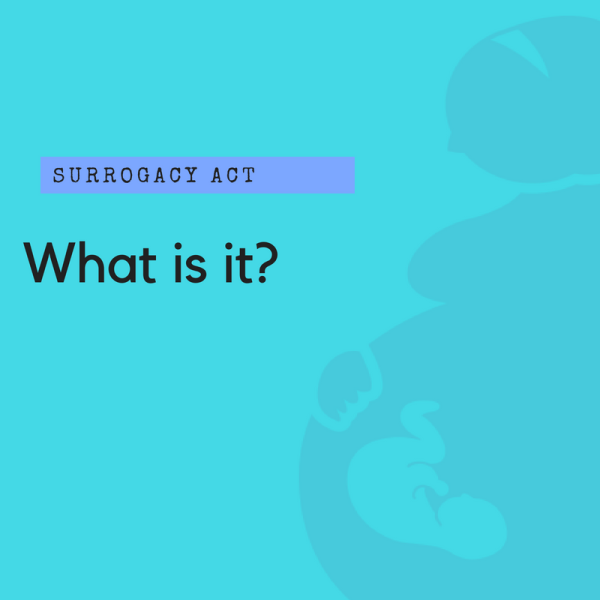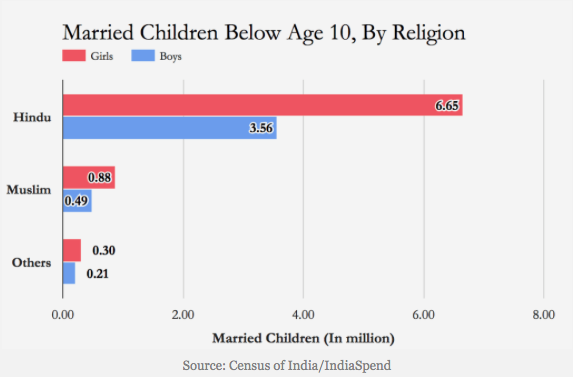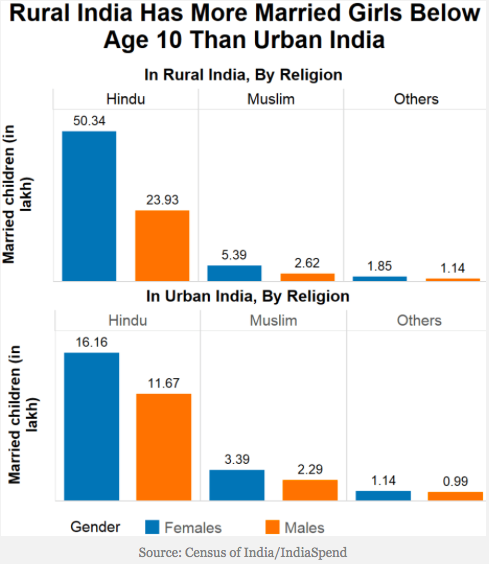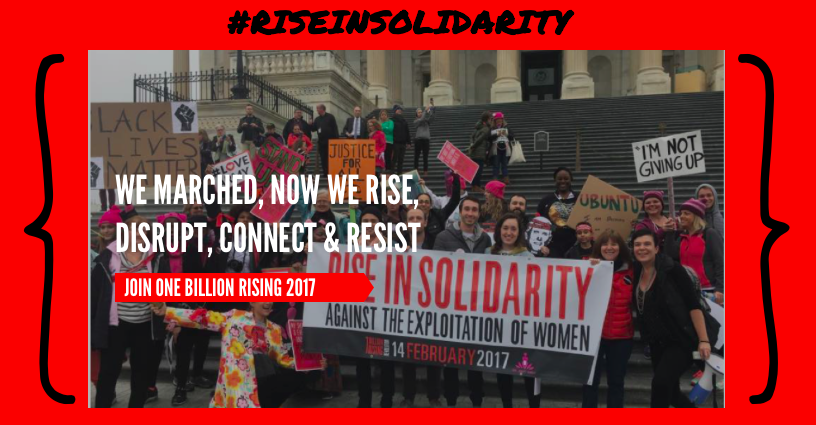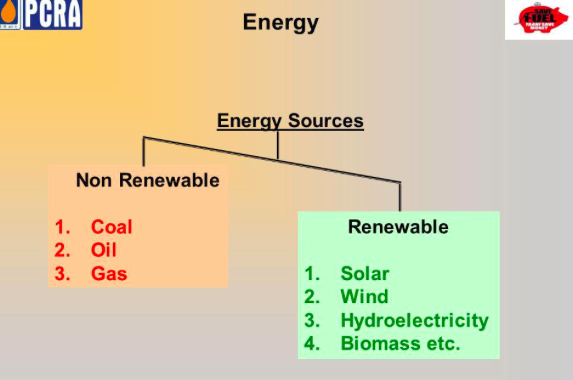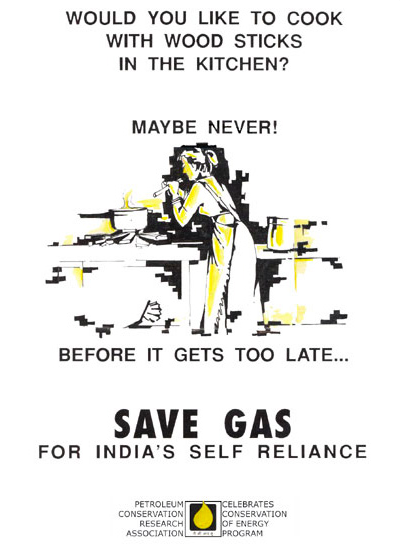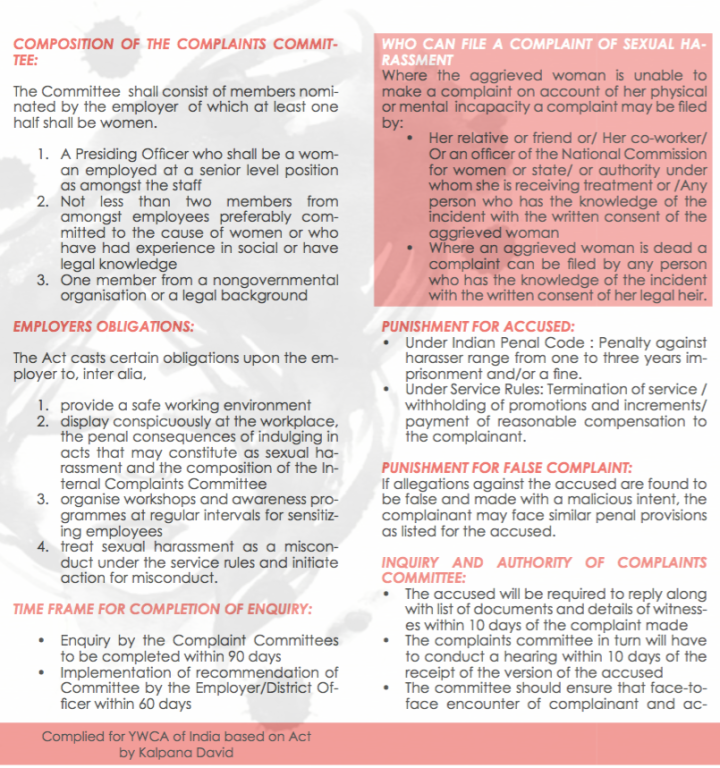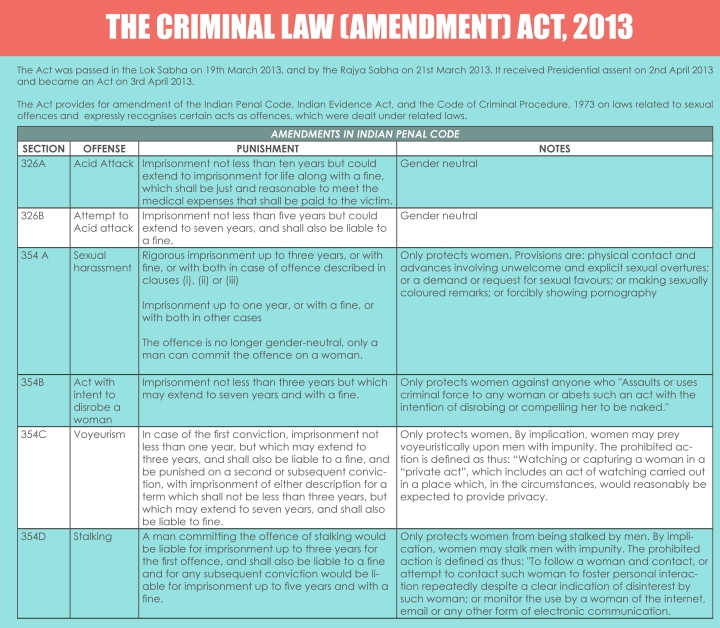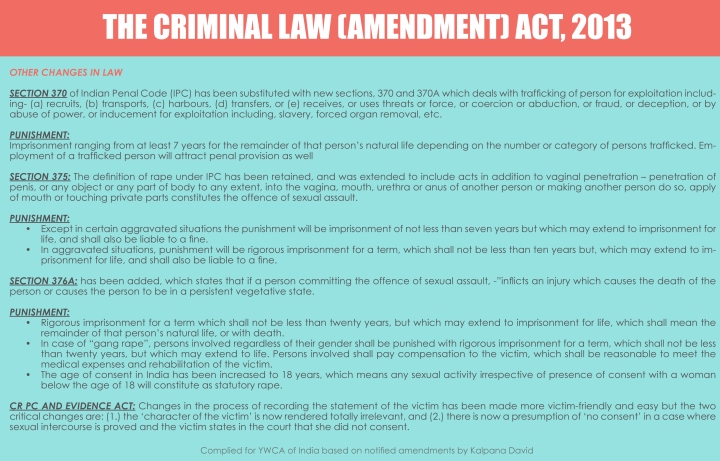A rampant issue that we all are mute spectators to on a daily basis is the one of rape and violent sexual abuse.
It has reached such a magnitude that we seem to take it in our stride.
The outrage that rocked the country after the ‘Nirbhaya Case’ has died down into an uncomfortable lethargy with a few spurts of community response when there is a particularly atrocious incident like the Kathua case for example and in a few days we are back to our usual commonplace routines.
The situation has now begun to cripple the lives of women and children on a daily basis, we are afraid to travel out as we used to, afraid to send children to school, to send them on the school bus, we need to think twice before we go out at night in some places, worry about travelling in certain modes of transport. The number of children that are recipients of this sort of horrible abuse is unthinkable. Children, both girls and boys targeted as innocent victims of some vile creature’s lust, their lives scarred forever or snuffed out for fear of being discovered by the criminals responsible for the heinous crimes committed against these helpless ones. Cities that we thought were safe seem to harbour the worst sort of lecherous wretches on the planet. What do we as a ‘People against Violence’ do in the face of this reality?
Our country is fast becoming or has become the most unsafe place for women and how do we step in to stop this tide from riding over us and everyone else in its path? How long before we recognize that our boys face so much abuse and remain silent for they have no one to turn to; to share their fears and pain, for society expects them to always be strong and brave and tells them that things like this happen only to wimps.
Can we start making a difference by sharing our concerns among our peers, our areas of influence, with our children – teaching to respect each other, about their right to safety and their need to speak up and how to recognize unsafe touch. Can we help them build a better understanding and make sure they in turn influence others to stop the perpetration of this barbarous outrage?
Let’s use whatever means we can to spread the word – Let’s break the cycle.

STOP RAPE
How do we help the victims? How do we build back self confidence and help them cope with the back lash?
- Can we begin by taking the first major step in our thinking – stop finding fault with them of all the things they could have or shouldn’t have done –
- Can we please stop victimizing the victim? The trauma they go through is way beyond anything any of us could ever imagine and if we can just be there for them it goes a long way.
- Some of them, especially young men and boys go through a worse situation as they deal with so much self victimization and shame without being able to share their pain with anyone.
- If we can just go the extra mile, find safe spaces for them to share what they go through, ensure that they can access professional counselling and other support services, assure them that they are not at fault for someone else’s wretched perverted behaviour and be the ones that don’t stand in judgment over them, we can make a difference.
There are many things that each one of us can do in our own sphere of influence, but when we work together we create a powerful synergy that can overcome this monster of nightmarish proportions that is threatening to destroy the very foundations of our society. Let’s be those people who will stand up to make a difference!

